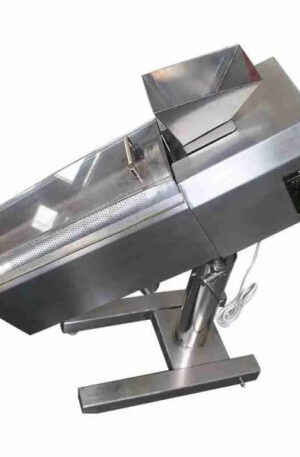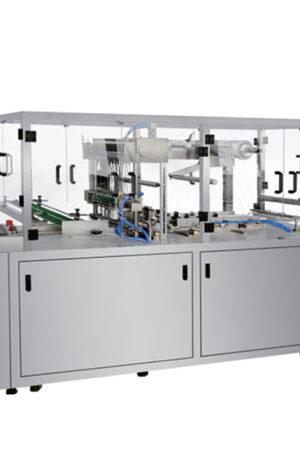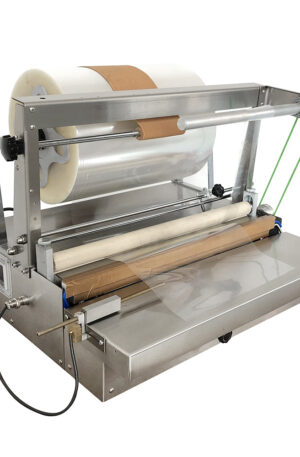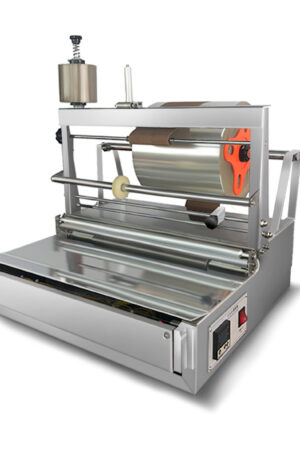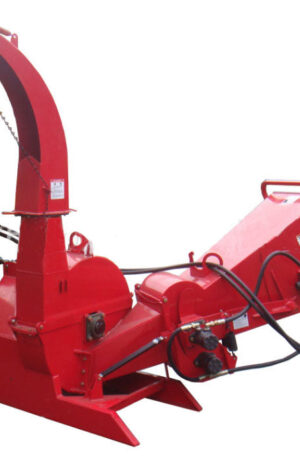Title: The Evolution of Pharmaceutical Machinery: From Conventional to Cutting-Edge Equipment
Pharmaceutical machinery has played a crucial role in the production of medications for centuries. From the traditional methods of compounding medicines by hand to the advanced technologies utilized in modern pharmaceutical production, the evolution of pharmaceutical machinery has been truly remarkable. In this article, we will explore the transformation of pharmaceutical machinery from conventional table press machines to the state-of-the-art equipment like the TDP and THDP machines.
In the early days of pharmaceutical manufacturing, table press machines were widely used for the production of tablets. These machines operated manually, requiring significant labor and time to produce a limited quantity of tablets. As the demand for medications increased, there was a need for more efficient and automated machinery in the pharmaceutical industry.
The introduction of capsule filling machines revolutionized the production process by allowing for the mass production of capsules with precise dosages. These machines automated the encapsulation process, increasing efficiency and accuracy in pharmaceutical manufacturing. However, as technology continued to advance, the pharmaceutical industry saw the emergence of the TDP (Tablet Press) and THDP (Tablet Hardness Testing) machines.
The TDP machine is a high-speed tablet press that can produce a large volume of tablets in a short amount of time. This machine is equipped with advanced features such as automatic feeding, compression, and ejection systems, making it ideal for large-scale pharmaceutical production. Additionally, the TDP machine allows for the customization of tablet shapes and sizes, providing flexibility in tablet manufacturing.
On the other hand, the THDP machine is used to test the hardness of tablets to ensure uniform quality and consistency. This machine measures the resistance of a tablet to crushing or breaking, providing valuable data on the tablet’s strength and durability. By utilizing the THDP machine, pharmaceutical manufacturers can assess the quality of their tablets and make necessary adjustments to improve their production processes.
Overall, the evolution of pharmaceutical machinery has significantly impacted the efficiency and quality of medication production. From conventional table press machines to advanced TDP and THDP machines, pharmaceutical manufacturers now have access to cutting-edge equipment that streamlines the manufacturing process and ensures the highest standards of quality control. As technology continues to advance, the future of pharmaceutical machinery holds even more possibilities for innovation and improvement in medication production.

